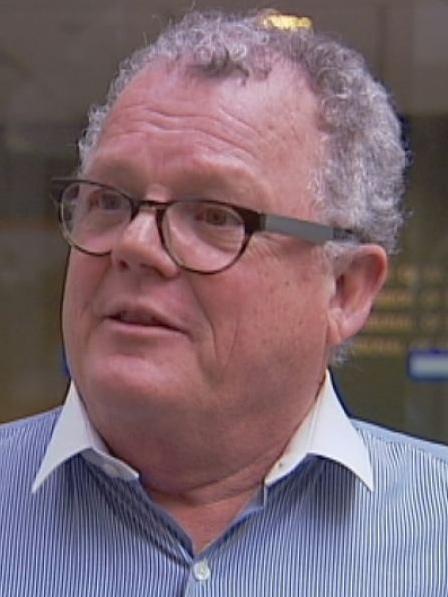Ambulances ‘lose’ 70 hours in just eight hours from ramping, unions say
THE public hospital system lost the equivalent of 70 hours of available ambulance time, or effectively nine ambulances off the road, in just eight hours due to chronic ramping on Wednesday — as the unions warn that lives are being put at risk.
SA News
Don't miss out on the headlines from SA News. Followed categories will be added to My News.
- RAH ‘discharge lounge’ for sick patients, reduce ambulance ramping
- Ambulance ramping: Privacy screens called an embarrassment
- Adelaide’s hospitals struggling to deal with demand
THE public hospital system lost the equivalent of 70 hours of available ambulance time — or effectively nine ambulances off the road — due to chronic ramping between 11am and 7pm on Wednesday, the ambulance union says.
Ambulance Employees Association state secretary Phil Palmer said ramping is effectively stealing ambulance availability by forcing crews to care for patients in car parks while hospital EDs are full.

He warned the loss of available ambulances due to them being stuck in car parks will inevitably lead to avoidable deaths.
SA Health fiddles while Rome burns.
By midnight the total time lost had reached 100 hours.
Mr Palmer described the eight hour period of ramping across Adelaide as a ‘horror story’.
This included ramping which was the equivalent ambulance service of:
■ 30 hours at the Royal Adelaide Hospital;
■ 18 hours at The Queen Elizabeth Hospital;
■ 12 hours at Flinders Medical Centre;
■ 8 hours at Lyell McEwin Hospital;
■ 2 hours at Modbury Hospital.
“This ramping is robbing the community of ambulances and will without doubt be the cause of avoidable deaths due to outrageously long response times,” he said.
“We are nowhere near the winter peak workload yet; I shudder at the prospect of safety for South Australians.”
The situation had eased at 9am today, with no hospitals on the Code White — EDs operating above capacity — although FMC was treating 53 patients in its 53-capacity ED.
However, there was a bedblock crush with 83 patients who had been treated still stuck in EDs and waiting for ward beds.
This included three patients who had been waiting more than 24 hours, and 18 patients waiting between 12 and 24 hours.
The 800-bed RAH had the largest number of treated patients stuck in ED limbo with a total of 40, and a 32 minute wait on average to be seen, compared to an average wait of 423 minutes to be seen at Lyell McEwin Hospital — although top priority arrivals are seen immediately.
OFF THE RECORD: THE SA POLITICS PODCAST



